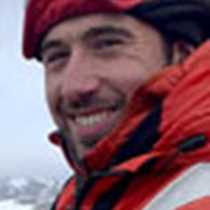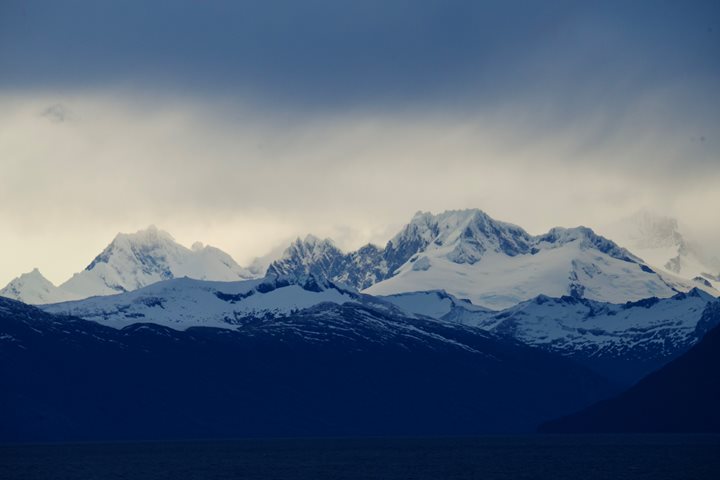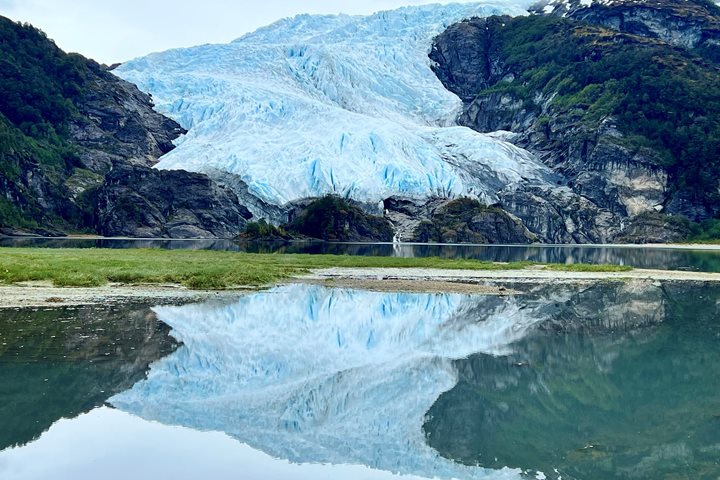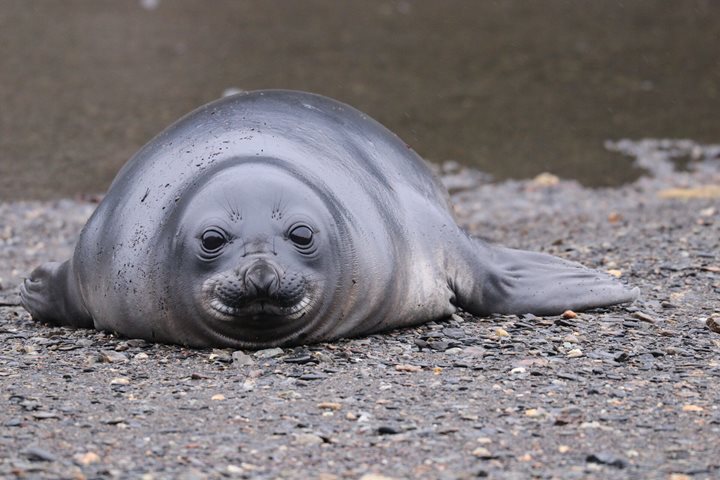Patagonia is usually considered one of the windiest and wettest regions on Earth, but that was not the case today. Thanks to the high-pressure system working as a barrier out in the Pacific Ocean, we’ve been able to enjoy a lovely, unusually sunny and warm day as we sailed around the perimeter of the Southern Patagonia Icefield. This enormous icefield, spanning about 12,500 square kilometers and spreading across the border between Chile and Argentina, hosts a spectacular array of outlet glaciers and associated glacial landforms in an intricate network of fjords and channels.
One of the highlights of the day was an amazing barbecue lunch on the back deck. In the afternoon, we enjoyed a nice and calm navigation on board National Geographic Explorer through the English Narrows, witnessing an astonishing sunset as we sailed south towards Puerto Natales.







